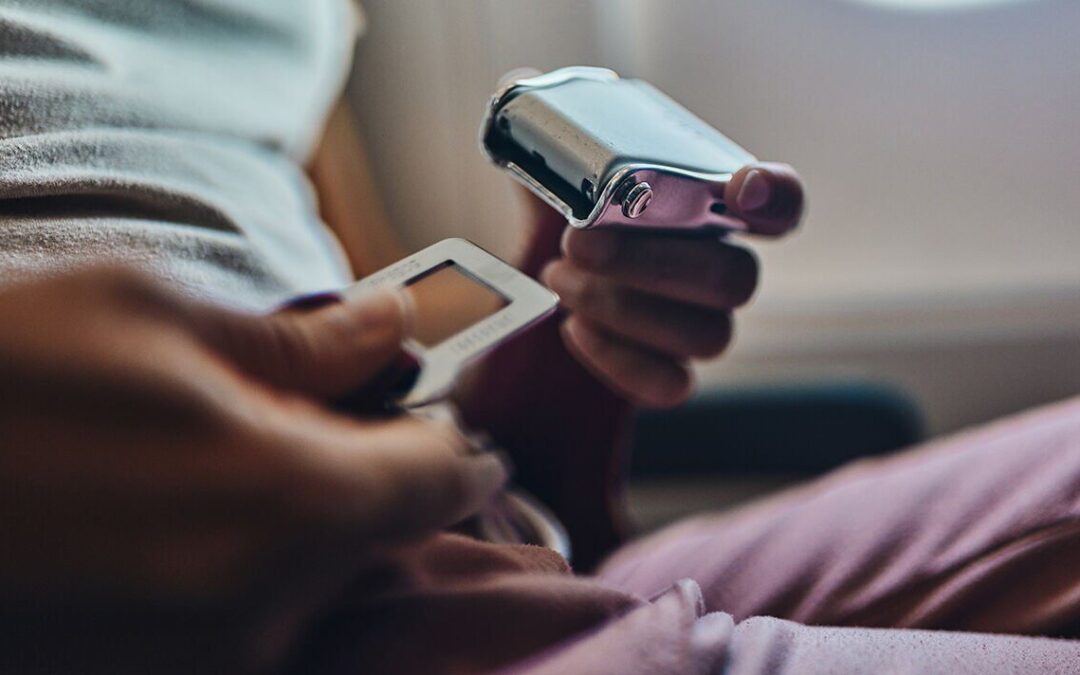[ad_1]
Kat Kamalani is a former flight attendant who shares insights into the world of travel from a crew member’s perspective. She posts videos to her TikTok page @katkamalani where she has amassed 951.3k followers and 27.4m “likes”. Although Kat has since left behind her job as a flight attendant, there are some crucial chunks of knowledge she has retained to help her when travelling as a passenger.
In a video, she said: “[There are] five things I do every single time I travel”. These range from packing certain hand luggage items to more important safety tips, but one in particular could have you thinking twice about where to sit.
Although the window seat is often favoured for people who enjoy the view, Kat says she steers clear of this seat when she has the option to choose. She explained: “I always try to get a middle or an aisle seat. I never get the window seat for safety purposes.”
Some commenters were left confused by this revelation, questioning why her seat choice was so important. This is a precaution just in case of an emergency, as people in the aisle seat are able to escape faster than those boxed in by the window.
READ MORE: Thai monkeys rewarded with feast for attracting tourists
Another study, by the Federal Aviation Authority (FAA) looked at accidents between 1985 and 2020 to determine the worst seats onboard in terms of safety following a major emergency.
They concluded that the “worst” place to sit is in the middle of the plane. Seats in the middle of the cabin had a 39 percent fatality rate, regardless of which position they were in, while the front third had 38 percent and the rear third 32 percent.
However, it isn’t just the seat you choose that can make a key difference in keeping your safe. Kat explained: “I always wear my seatbelt even if the seatbelt sign is off.”
Aircraft seatbelts are not only there to keep passengers safe in the event of a catastrophic event, they can also be essential during minor events.
This includes turbulence or impacts while on the ground. However, the seatbelt sign is displayed most frequently during take off and landing, as this is when more accidents are likely to occur.
In 2013, research by the Deputy Assistant Administrator for Public Affairs at the Federal Aviation Administration found that 58 US passengers were injured annually due to not wearing seat belts while on airplanes.
Turbulence in particular has been known to throw passengers around in the cabin, which can lead to head injuries if you collide with a bulkhead, or broken bones if you find yourself slammed into the arm rest or seat.
Pilots can often predict turbulence, leading them to put the seat belt sign on suddenly, but keeping it fastened whenever you are seated can protect you in the event of a suddenly uneven flight path.
[ad_2]
Source link


Recent Comments